Mud volcanos are rare natural phenomena that occur in a few places around Europe. They can be found in Italy, Romania, Bulgaria, Russia and Ukraine.
We paid a visit to the mud volcanos of Romania, Vulcanii Noroioși Pâclele Mici and Vulcanii Noroioși Pâclele Mari, Located in Scorțoasa commune close to Berca in Buzău County.
Disclosure: some of the links on this site are affiliate links. This means that at no additional cost to you I may earn a small commission if you click through and make a purchase. In addition, as an Amazon Associate, I earn from qualifying purchases.
The Detail:
Entry to each site RON 4 per person (about £0.72 each)
To quote Wikipedia,
A mud volcano or mud dome is a landform created by the eruption of mud or slurries, water and gases. Several geological processes may cause the formation of mud volcanoes. Mud volcanoes are not true igneous volcanoes as they do not produce lava and are not necessarily driven by magmatic activity. Mud volcanoes may range in size from merely 1 or 2 meters high and 1 or 2 meters wide, to 700 meters high and 10 kilometers wide. Smaller mud exudations are sometimes referred to as mud-pots.
Our parking spot near the volcanos
After another slow drive through the farmland of South Eastern Romania, we finished up the day close to the mud volcano site Vulcanii Noroioși Pâclele Mici.
We were going to park on the shore of a small lake there, but when we arrived it was very wet and muddy so we parked on some gravel further up the hill.
As we got there fairly early we decided to take a look at the volcano.
Vulcanii Noroioși Pâclele Mici
Mud volcanoes are caused by water, salt and natural gas forcing their way to the surface, liquefying the mud on their way through. They tend to occur where layers of water-saturated clay are under pressure from layers above.
The mud bubbling up to the surface gradually deposits and builds into a small volcano-like pyramid. The mud is often caustic, and therefore little vegetation grows around them, resulting in a barren field of mud.
This barren landscape, with bubbling pools of grey mud and small “volcanic” peaks has a kind of alien feel about it. Absolutely fascinating place to visit.
Vulcanii Noroioși Pâclele Mari
We headed over to the other mud volcano site nearby the following morning. Vulcanii Noroioși Pâclele Mari.
We parked in the car park by the entrance, for which there is a small charge (5 Lei, about £1). There is a free car park a little before the site but is a bit of a walk to the entrance.
This is actually a slightly bigger site, with larger, but fewer, ” volcanos”. This is the more popular of the two and is better presented with safety and scientific information.
It is also extremely busy, with coach loads of school children constantly coming and going while we were there.
Hope You Enjoy!
Please leave us a comment!

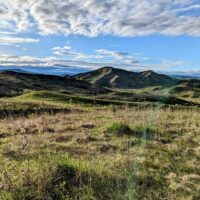
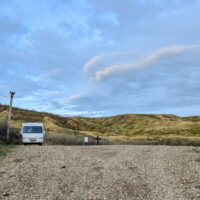
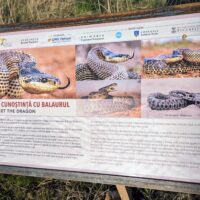
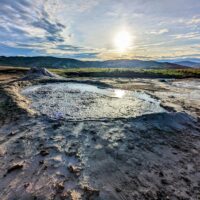
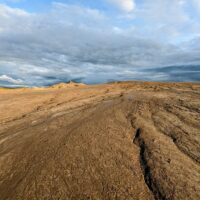
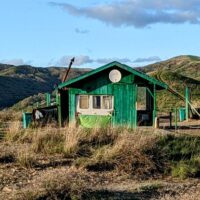
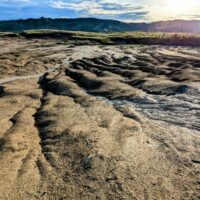
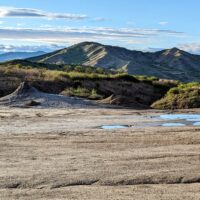
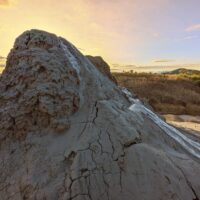
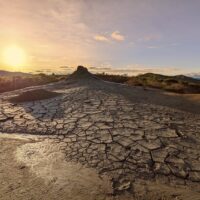
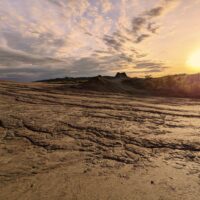
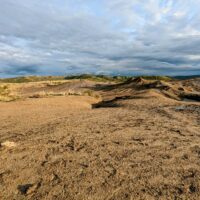
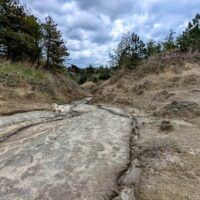
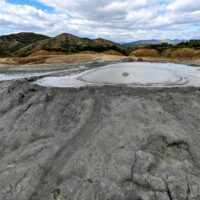
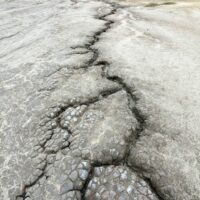
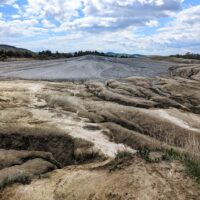
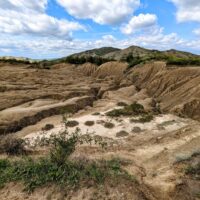
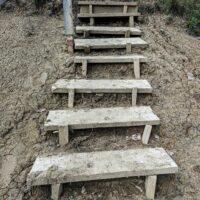
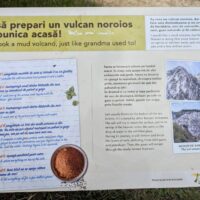
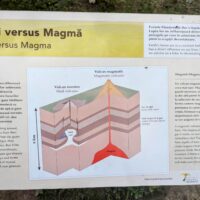
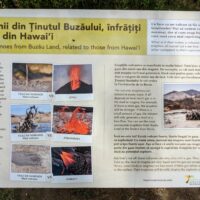
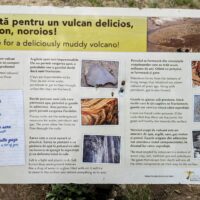
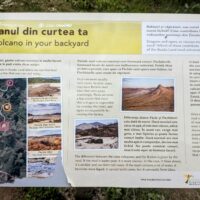
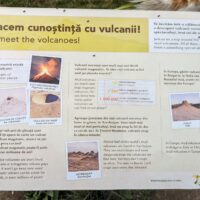
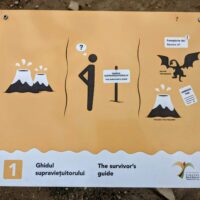
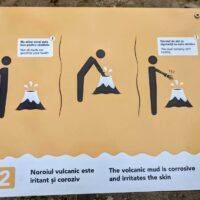
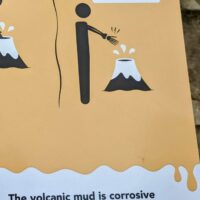
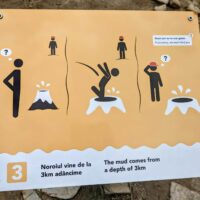
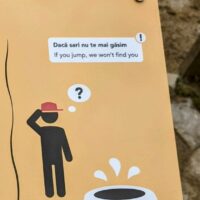
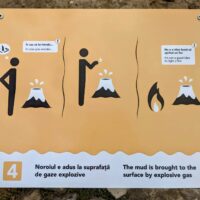
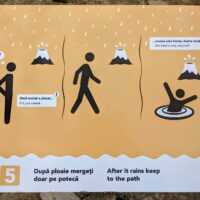
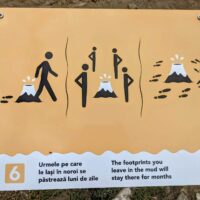
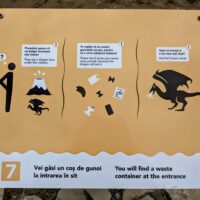
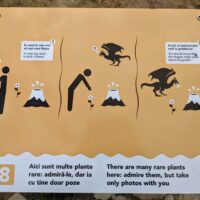
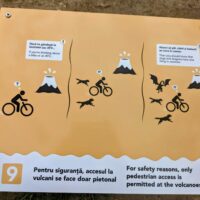
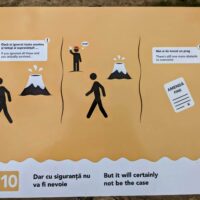
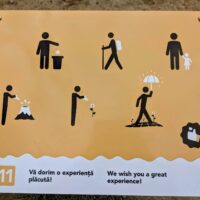
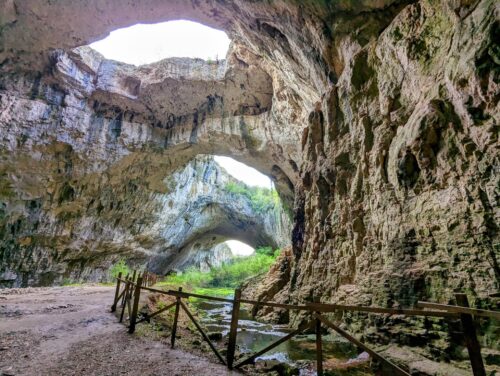


Pingback: Eastern Romania